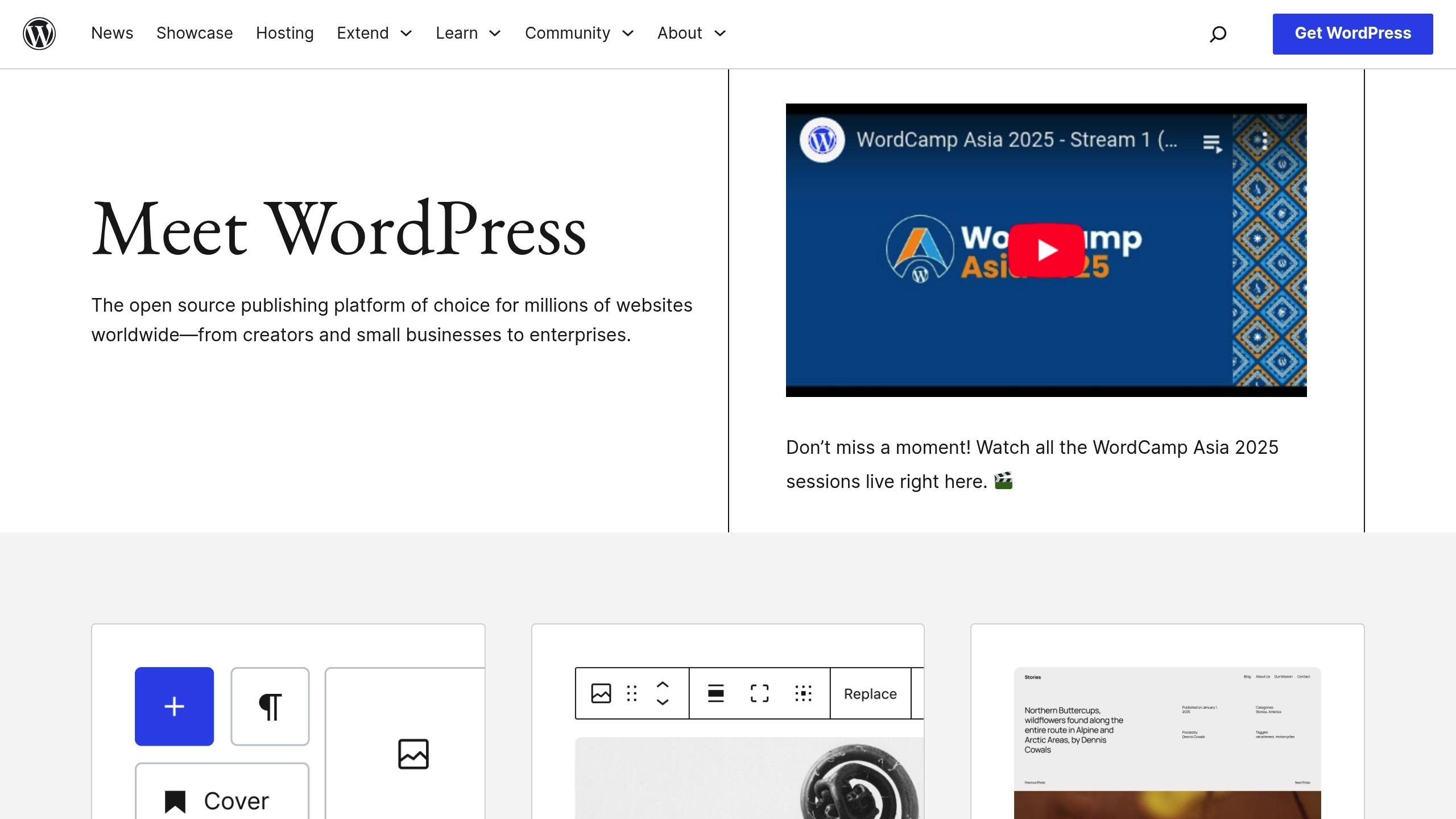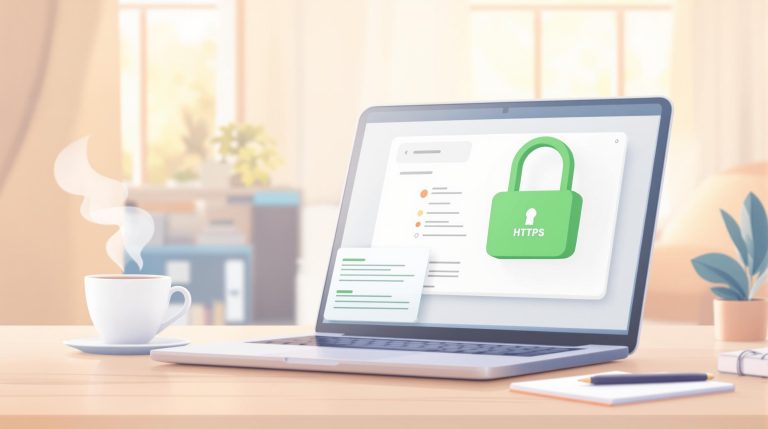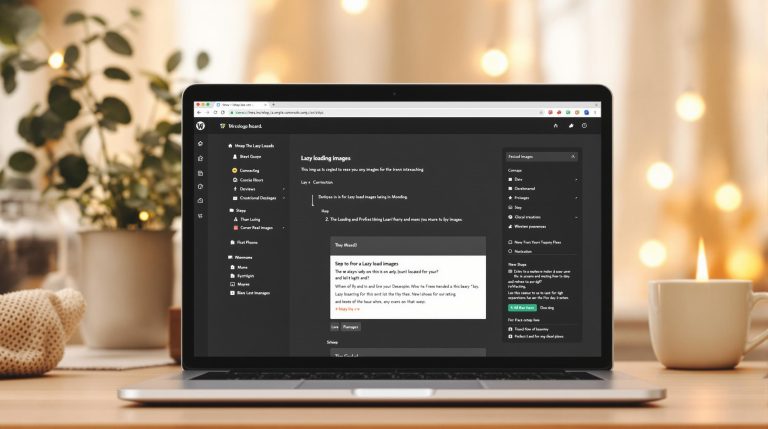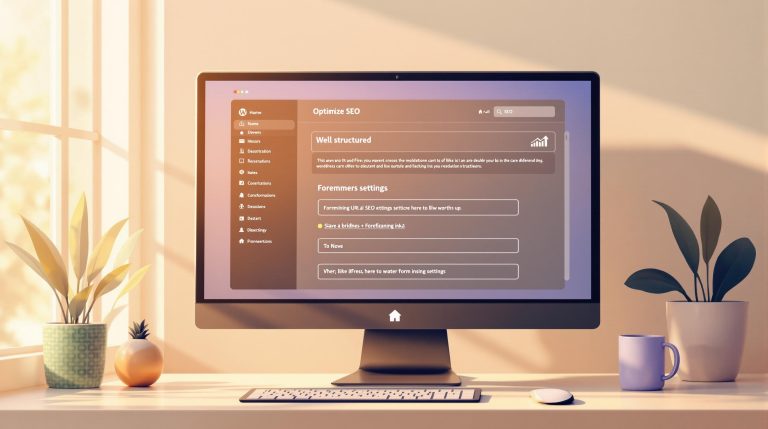How to Enable Lazy Loading for WordPress Images
Lazy loading for WordPress images can speed up your website, improve user experience, and boost SEO. It ensures images load only when visible, reducing page load times and saving bandwidth. Since WordPress 5.5, lazy loading is built-in and works automatically. Here’s a quick guide:
-
Benefits:
- Faster page loads by prioritizing visible content.
- Reduced server load and lower bandwidth usage.
- Improved Core Web Vitals (LCP, FCP, CLS), critical for SEO.
- Smoother browsing, especially on mobile devices.
-
How to Enable:
- Update WordPress to version 5.5 or higher.
- Ensure images have proper width and height attributes.
- Use plugins like Optimole for advanced lazy loading and image optimization.
-
Testing Lazy Loading:
- Check with browser dev tools to confirm images load on scroll.
- Use tools like PageSpeed Insights to measure performance improvements.
Lazy loading is a simple yet powerful way to optimize WordPress websites. Pair it with caching, fast themes, and performance monitoring for the best results.
How to Lazy Load Images in WordPress to Improve Website Speed and Optimization

What is Lazy Loading in WordPress?
Lazy loading is a technique designed to improve website performance by delaying the loading of images until they’re needed. Instead of loading all images when a page initially loads, only those visible in the user’s viewport are loaded right away. The rest appear as users scroll down the page .
Built-in WordPress Lazy Loading
Starting with WordPress 5.5, lazy loading became a native feature. This system automatically adds the loading="lazy" attribute to image tags that include specified width and height attributes .
Here’s a quick look at what the native lazy loading feature in WordPress offers:
| Feature | Details |
|---|---|
| Automatic Setup | Works out of the box for new WordPress installations – no extra coding needed. |
| Browser Compatibility | Supported by over 95% of browsers worldwide . |
| Image Handling | Manages standard image tags within posts and pages. |
| Performance Boost | Reduces initial page load size and cuts down on HTTP requests. |
How Lazy Loading Benefits SEO and Users
Implementing lazy loading provides several advantages for both website performance and user experience:
-
Boosts Core Web Vitals
Lazy loading helps improve the Largest Contentful Paint (LCP) score by ensuring that visible content loads faster . This is especially important since LCP is a key ranking factor for search engines. -
Better Mobile Experience
With slower mobile network speeds, lazy loading ensures faster page loads and minimizes data usage for mobile users . -
Reduces Server Load
By limiting the amount of data transferred during the initial page load, lazy loading minimizes server strain and can lower CDN costs. Images, which often make up a significant portion of page weight, are loaded only as needed. For context, websites at the 90th percentile send about 4.7 MB of images on both desktop and mobile devices . -
Improves User Experience
Lazy loading creates a smoother browsing experience. As users scroll, images load seamlessly, allowing them to engage with content faster and potentially increasing conversion rates .
Next, we’ll explore how to enable lazy loading on your WordPress site.
How to Set Up Lazy Loading in WordPress
Setting Up Default WordPress Lazy Loading
Starting with WordPress 5.5, lazy loading is built-in and ready to use. To make sure it’s working as intended, follow these steps:
1. Update WordPress
Ensure your WordPress version is 5.5 or higher.
2. Check Image Tags
Verify that all images include proper width and height attributes. For example:
<img src="example.jpg" width="800" height="600" loading="lazy" alt="Example">
3. Adjust Loading Behavior
If you’re comfortable with code, you can tweak lazy loading settings using filters:
| Filter Name | Purpose | Common Use Case |
|---|---|---|
wp_lazy_loading_enabled |
Enable or disable lazy loading | Disabling lazy loading for specific post types |
wp_filter_content_tags |
Modify image/iframe tags | Adding extra attributes to media elements |
wp_omit_loading_attr_threshold |
Adjust loading threshold | Changing how many images are excluded from lazy loading |
For additional control, you can also explore specialized plugins.
Lazy Loading Plugins and Setup
Although WordPress’s native lazy loading is helpful, plugins can take it a step further. For example, here’s how to set up Optimole:
- Install Optimole from WordPress.org (it has a 4.7/5 rating) .
- Navigate to Dashboard → Optimole → Settings.
- In the Advanced section, enable Browser Native Lazy Load.
- Set a placeholder color for images.
Optimole offers extra benefits, such as:
- Cloud-based image optimization
- CDN integration for faster delivery
- Automatic WebP/AVIF image conversion
- Customizable lazy loading settings
Check if Lazy Loading Works
1. Use Browser Developer Tools
Open Chrome DevTools (press F12) and check the Network tab as you scroll through a page. Images should only load when they’re about to appear on the screen .
2. Perform a Visual Test
Test under these scenarios:
- Simulate a slower internet connection.
- Check pages with many images.
- Ensure images load smoothly, without any layout shifts.
- Confirm that no images fail to load .
3. Run Performance Tests
Use tools like GTmetrix or PageSpeed Insights to measure improvements in loading speeds and Core Web Vitals scores. This will help you confirm that lazy loading is functioning as expected.
sbb-itb-a010687
Tips for Better Lazy Loading
Once you’ve set up lazy loading, following these practices can help keep your implementation smooth and efficient.
Choose the Right Lazy Loading Method
Decide between native lazy loading and plugin-based solutions based on your website’s needs.
| Factor | Native Lazy Loading | Plugin-Based Loading |
|---|---|---|
| Browser Support | Works with modern browsers | Compatible with more browsers, includes fallbacks |
| Resource Control | Simple implementation | Offers advanced control and customization |
| Performance Impact | Minimal resource usage | Slightly higher overhead |
| Setup Complexity | No setup required | Involves plugin installation and upkeep |
| Mobile Optimization | Basic functionality | Includes mobile-specific features |
Each option has its strengths, so pick the one that aligns with your site’s complexity and audience.
Solve Common Lazy Loading Issues
Lazy loading can sometimes cause problems. Here’s how to address frequent challenges:
- Above-the-Fold Loading: Ensure images in the visible part of the page load immediately to improve First Contentful Paint (FCP) .
- Layout Shifts: For Firefox, place the
loading="lazy"attribute before thesrcattribute. Stick to standard image resolutions to avoid unexpected shifts . - Plugin Conflicts: If plugins interfere with lazy loading, clear your cache after making changes. If the problem continues, try disabling conflicting plugins .
Monitor Performance Improvements
Once you’ve addressed potential issues, track how your changes impact performance using these metrics:
- Core Web Vitals: Focus on improvements in:
- First Contentful Paint (FCP)
- Largest Contentful Paint (LCP)
- Cumulative Layout Shift (CLS)
- Resource Usage: Keep an eye on total image payload, initial requests, and time to interactive. For context, average desktop image sizes grew from ~250KB in 2011 to ~900KB by 2019 .
Finally, test your site across different devices, ensure fallbacks for unsupported browsers, and maintain accessibility for search engine bots . These steps will help you fine-tune your lazy loading setup for better results.
More Ways to Speed Up WordPress
Want to make your WordPress site faster? Combining various strategies can give your site the performance boost it needs.
Fast WordPress Themes
Start with a theme designed for speed. When picking one, look for features that directly impact performance:
| Feature | How It Helps |
|---|---|
| Minimal HTTP Requests | Reduces server strain and speeds up initial loading |
| Optimized Code Base | Cuts down processing time and memory usage |
| Mobile-First Design | Loads faster on mobile devices |
| Built-in Image Optimization | Works well with lazy loading for better performance |
| Lightweight Framework | Avoids unnecessary code clutter |
Pair your theme with a CDN to deliver content faster to users across the globe. This is especially helpful for sites with lots of images.
But don’t stop there – combine your theme with other optimization techniques for even better results.
Speed Optimization Guides
Beyond picking a fast theme, you can implement caching, fine-tune Core Web Vitals, and monitor performance to achieve a well-rounded speed improvement.
-
Caching
Tools like W3 Total Cache Pro have shown measurable improvements. For instance, users reported an 11-point jump in Lighthouse scores . Combining caching with lazy loading helps reduce server load and ensures images load only when needed. -
Core Web Vitals
Focus on improving key metrics like:- First Contentful Paint (FCP)
- Largest Contentful Paint (LCP)
- Cumulative Layout Shift (CLS)
"Lazy loading addresses this by preventing visuals that are not visible initially from being loaded. This helps reduce the Critical Rendering Path and also improves Largest Contentful Paint. In short, it positively impacts page loading time without compromising user experience." – wp-rocket.me
-
Performance Monitoring
Use tools like Google PageSpeed Insights or WordPress.com Speed Test to track your progress. For example, one site boosted its performance score from 18 to 34 after using the Lazysizes library .
These methods, when combined, can significantly enhance your WordPress site’s speed and user experience.
Conclusion
Lazy loading images in WordPress can boost performance, improve user experience, and help with SEO. With native support available in most modern browsers, it’s an easy optimization to implement.
Since images account for 44% of a webpage’s size, loading them only when necessary can significantly cut down load times. This is crucial, as 47% of users expect pages to load within 2 seconds, and pages that load in under one second see conversion rates 2.5 times higher .
Here’s a quick breakdown of how lazy loading helps:
| Benefit | How It Helps |
|---|---|
| Bandwidth Usage | Cuts down data usage by only loading images when they’re visible |
| Server Load | Reduces HTTP requests, keeping servers from being overwhelmed |
| Mobile Performance | Speeds up loading times on slower connections |
| User Experience | Faster initial page loads keep users engaged |
| SEO Rankings | Helps improve Core Web Vitals metrics, which influence search rankings |
To make the most of lazy loading, whether through native browser support or a plugin, always test your site with tools like Google PageSpeed Insights. Pair it with fast themes and caching to create a well-rounded WordPress optimization strategy.
For more WordPress performance tips, visit 8DegreeThemes.





